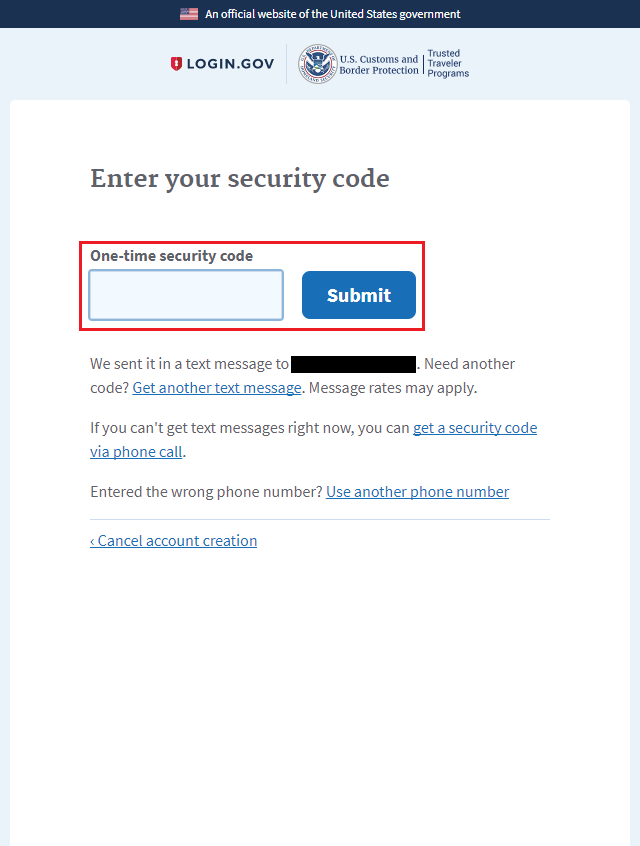

Pekoske served as the 26th Vice Commandant of the U.S. He was also a commissioner on the Cyberspace Solarium Commission that developed a consensus on a strategic approach to defending the United States in cyberspace against attacks of significant consequence.īefore joining TSA, Pekoske was an executive in the government services industry, where he led teams that provided counterterrorism, security and intelligence support services to government agencies. At the Department, Pekoske helped lead a unified national effort to ensure the continued security of the United States, coordinating components with missions ranging from prevention and protection to recovery and response. Under his leadership, TSA improved transportation security through close partnerships and alliances, a culture of innovation, and development of a dedicated workforce.ĭuring his tenure as TSA Administrator, Pekoske also served at the Department of Homeland Security as Acting Secretary from January 20 to February 2, 2021, and as the Senior Official Performing the Duties of Deputy Secretary from April to November 2019, and again from February to June 2021. TSA is also the lead federal agency for security of highways, railroads, mass transit systems and pipelines. Pekoske leads a workforce of over 60,000 employees and is responsible for security operations at nearly 440 airports throughout the United States. Senate as the Transportation Security Administration’s seventh administrator in August 2017 and was reconfirmed for a second term in September 2022. The CIP serves as TSA’s guide when determining and prioritizing future investments to fulfill its critical mission.ĭavid Pekoske was first confirmed by the U.S. The CIP provides a cohesive view of the transportation security investments necessary to achieve TSA’s strategic priorities within the context of its operational environment and threat landscape. The Capital Investment Plan (CIP) details technology investments in order to achieve TSA’s strategy and mission.

Roadmap themes and objectives are in alignment with direction in the Administrator’s Intent (e.g., Cybersecurity, Insider Threat). TSA develops Roadmaps, and corresponding implementation plans, for cross-cutting and emerging subject areas to articulate a common vision for the TSA enterprise and external partners to work towards common goals and objectives.It provides clear guidance to the workforce and our stakeholders of TSA’s short term priorities. These objectives are created with broad internal and external support and resource constraints in mind. The FY21-22 Administrator’s Intent sets short-term objectives to advance TSA’s mission and accomplish the TSA Strategy.The 2018-2026 TSA Strategy guides the agency through TSA’s 25th anniversary and identifies three strategic priorities: Improve Security and Safeguard the Transportation System, Accelerate Action, and Commit to Our People.These comprehensive strategic planning activities also inform TSA’s budget planning process and produce the Capital Investment Plan, which drives security and technology modernization efforts across a multi-year planning process. This alignment enables TSA to develop cohesive plans at the strategic and tactical levels that drive activities to execute our mission. The TSA Strategy and its supporting Administrator’s Intent and Roadmaps align with Departmental and National strategies and plans, such as the National Security Strategy, National Strategy for Transportation Security, National Strategy for Aviation Security, and the Department of Homeland Security Strategic Plan. TSA sets Agency goals via an end-to-end risk-based, strategic planning process.


 0 kommentar(er)
0 kommentar(er)
